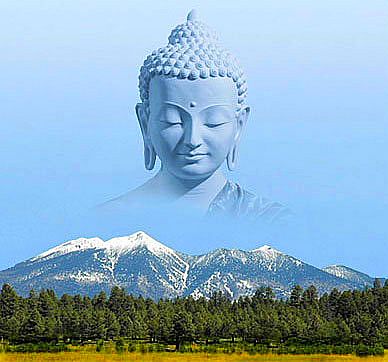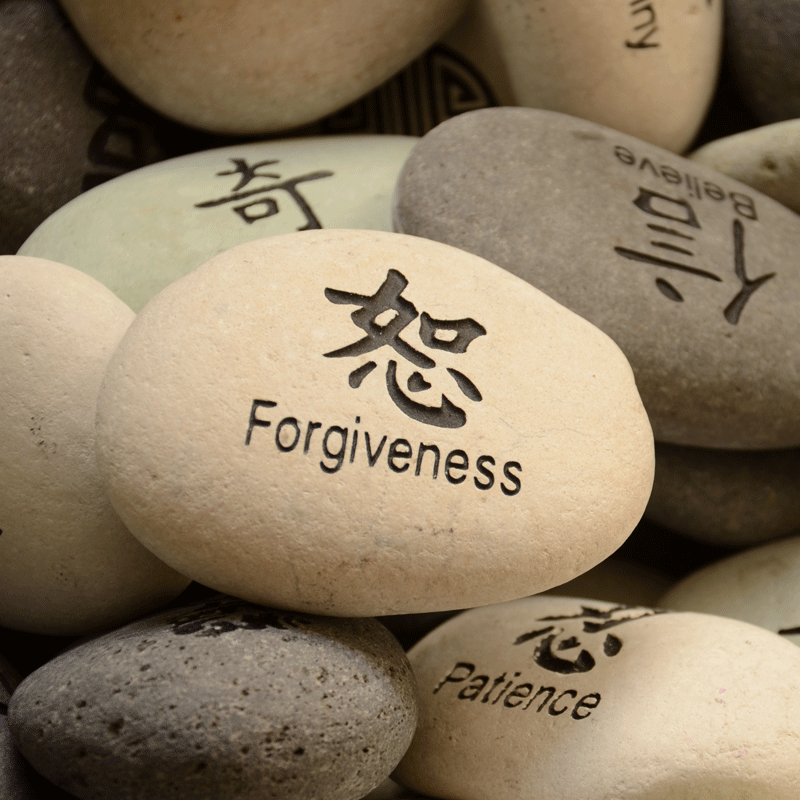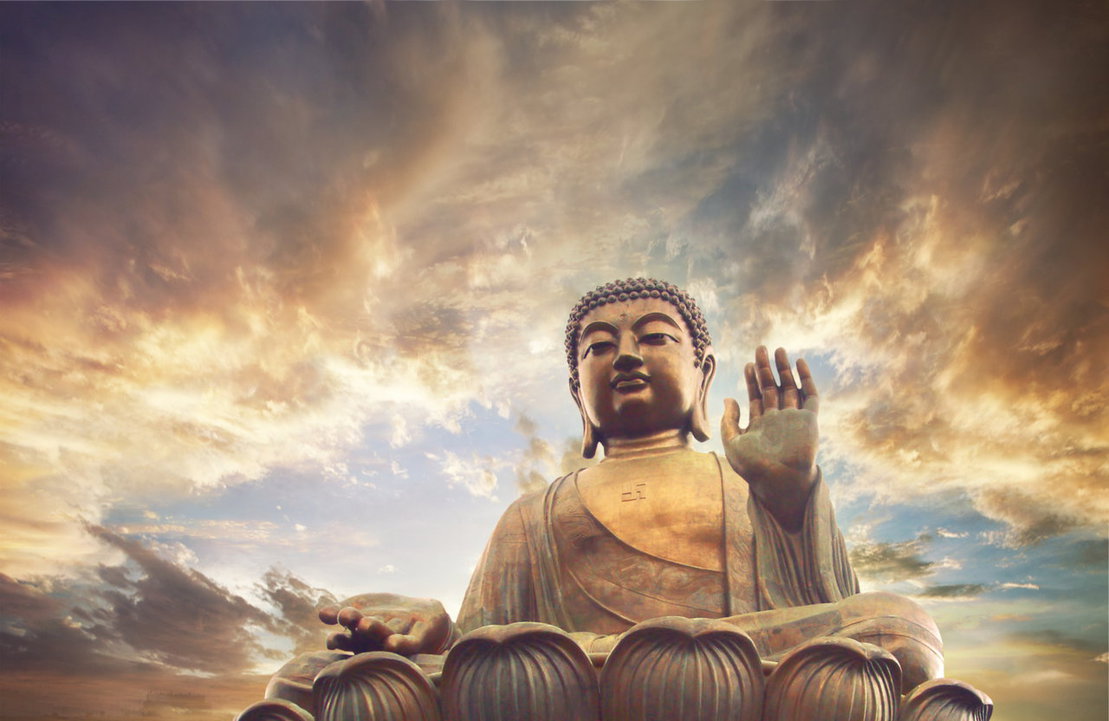For me, the clearest, deepest and I think truest portrait of Jesus came in the form of an elderly Chinese Buddhist woman who had barely escaped the throes and woes of communism.
 Without a trace of ego, the Chinese woman said, “the Buddha spirit flows through me.” And you felt that was true. Then she spoke with such vividness about Jesus that I felt she had pierced to his essence as well.
Without a trace of ego, the Chinese woman said, “the Buddha spirit flows through me.” And you felt that was true. Then she spoke with such vividness about Jesus that I felt she had pierced to his essence as well.
Beyond the male-dominated hierarchy, the opulent trappings and meaningless rituals of the Roman Catholic Church (from the beginning more Roman than catholic); beyond the initial and subsequent shellacking of the Protestant Reformation, there was and perhaps still is the essence of the man.
Jesus was neither the absolutely unique figure in history (much less sole pathway to God) that many Christians dogmatically assert, nor just another false prophet and messiah as Judaism maintains. He was a tragic example of an older, larger and more mysterious line of teachers, who have as yet been unable to change the increasingly disastrous course of humankind.
I met the Chinese woman days after coming the closest to dying I ever have. In my illness, I saw Death waiting for me two days ahead. When I asked the doctor on the follow-up visit about it, he said that’s how close I was.
In recovery, my mind was clear and free of fear when the Chinese woman approached me in a small park across from the corporate headquarters of Apple Computer, adjacent to the apartment complex where I lived.
I am by nature a skeptic, and if anything, I have too much doubt and not enough faith. So when the Chinese woman started speaking about the Buddha, and then Jesus, she read the look on my face and said, “I’m not crazy.”
She spoke briefly of her travails during the Cultural Revolution, and then described how she escaped China. “I was walking toward the ship that would take me out,” she said, “when I got cold feet, and stopped. Suddenly I felt someone push me from behind. When I turned around, no one was there.”
The essence of Jesus she conveyed was of a brother, the core of his teachings forgiveness. She spoke of the man and teacher (as contrasted with the image and savior) with a vividness I had never felt growing up Catholic and attending parochial schools, nor in any conversation with any Christian.
Something in my heart opened. I had not spoken to my mother since my last visit to the Midwest. We had a falling out after I caught her going through my things. Between my anger and illness, I’d forgotten it was her birthday.
Without thinking about it, I picked up the phone when I got back to the apartment and called her, prompting tears of gratitude. She died three years ago, and though we never came to an understanding, that conversation mattered to her soul, and to mine.
I learned two days ago that a young member of the extended family was so badly beaten by her boyfriend that the orbital bone around one eye was broken, as well as a rib. She has  bruises all over her face, head and body.
bruises all over her face, head and body.
I haven’t seen her, but the pictures are heart wrenching beyond words. Not just from her injuries but the look of complete suffering and sorrow on her face. Until writing these words, I haven’t been able to cry.
How twisted and tortured must her boyfriend be to have committed such terrible violence? Is there forgiveness for such an act, or will it leave much more damaging scars long after the physical wounds have healed?
There must be forgiveness. We have to look into the face of darkness, and feel pity and sorrow for those in the throes of it, or we are sucked into its vortex of hatred.
Darkness in this metaphorical sense cannot be confused and conflated with nights before electric lights, or the blackness of space. Indeed, it is itself malevolent to say, as the writer of “Bring On the Dark” wrote recently, “The stars are an anomaly in the face of darkness, the planets an accident. In a world with no God…the only thing I can hope for is that, if we don’t come to our senses and search for the darkness, the darkness will come looking for us.”
As the saying goes, one has to be careful looking into the abyss, because the abyss may be looking into you. In any case, we don’t have to “search for the darkness.” It has found all of us, and forgiveness is the way out.
There is no relationship between timeless moments of wordless mystery, and faith as belief. That’s why such moments elude those who write about religion but have no religious life. Talking about an inner life in terms of belief is like describing sumptuous meals to the hungry—at best a hollow exercise, at worst a devious diversion from satisfying people’s actual hunger.
Faith, in the sense of belief, is the lazy substitution of emotionally held concepts for actually living a spiritual life. Faith, in the sense of trust in intelligence beyond oneself, is our row to hoe.
Religiosity is solely in the moments of wonder and clearest consciousness, whereas beliefs and faiths are the lengthening shadows of our memory and man’s experience.
One has to dig one’s own well every day. Some days the sands of this desert called society are wide and deep indeed. But the water is always there, if we dig deep enough, and stand, without standing apart.
Martin LeFevre

